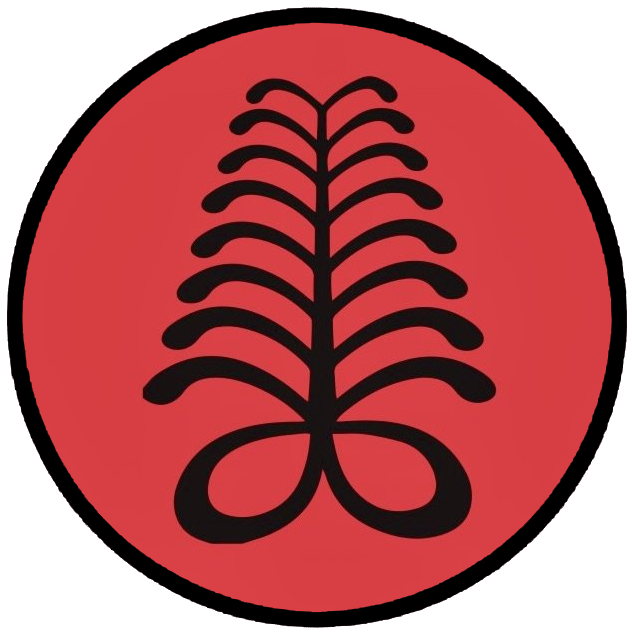Getting Into Gravel? My Thoughts So Far.....
Triathletes have been turning their hand to the dirt roads and getting their grit going with gravel riding. If 2020 has given us anything to feel good about, it’s the opportunity to dabble in a few things we might not otherwise get the chance to in the middle of a busy race calendar. I decided last year to give the dirt a try. To give you some history, I am not one of these athletes that has a boat load of mountain bike experience coming into this. In fact, a number of years ago, I bought a mountain bike, tried it, and actually decided it really wasn’t for me and sold it. The gravel riding opened up a new door of combining some “soft” mountain bike-type riding and the things I enjoy about the road. Something new and fun. Here is what I’ve learned triathletes might want to consider if they are thinking of getting dirty in the gravel scene.
1- Get a bike that is close to your road bike setup. That means crank length, position, handlebar width, etc. Keeping your gravel bike close to what you’re used to will help you feel more comfortable and keep the injuries at bay.
2- Dirt is SLOW!!! What typically takes you X number of hours to cover X distance…remove all thoughts on speed and be aware how slow different roads can be. Deep sand, washboard, bigger tires, all these things make the distance take a fair bit longer than you are used to.
3- Wear a camelback. It might get bumpy out there and the last thing you want is not getting the fluids you need because you can’t reach down for your water bottles. Additionally, those water bottle cages better be gorilla tight so you don’t launch your bottles. A camelback allows you to keep hydrated and keep your hands on the bars.
4- Dirt roads beat you up more and take more strength. I remember the first gravel race I did. I felt like I’d been beat with a jackhammer for hours. Shoulders and upper body especially!! Be prepared with GOOD GLOVES and go in with some upper body strength.
5- Know your courses. With the variety of races popping up, be sure you know what kind of course you are entering. Some have a lot of technical mountain bike terrain, some have deep sand, some are rocky, some have a lot of washboard, and so on. Practice the skills you’ll need for the type of course you’ll be facing.
6- Go in with the right equipment and tires for the type of course. Tire type and pressure matters!! Be ready with tools, tubes, all the little things you’ll need to troubleshoot out there. Flats and mechanicals are a big part of these adventures, so have the right stuff and know how to use it.
These are my top tips so far. I have more, but let’s start there. Gravel can provide a new level of fun to bike riding and be a great addition to your cycling development. Have fun and try new things! It all adds up to making you better and having more fun on two wheels.
